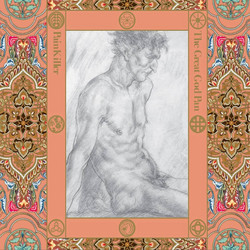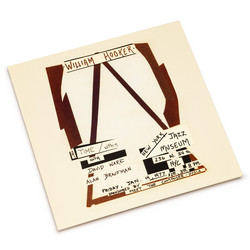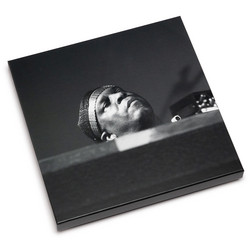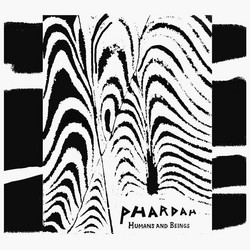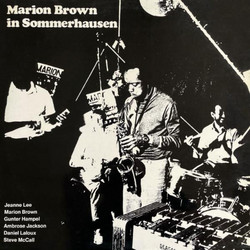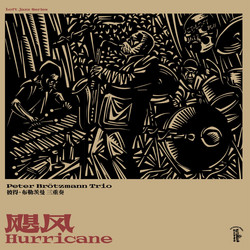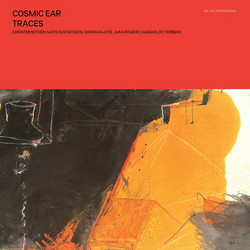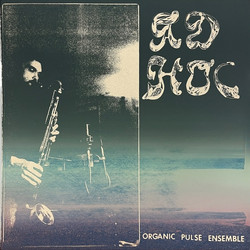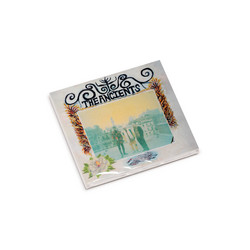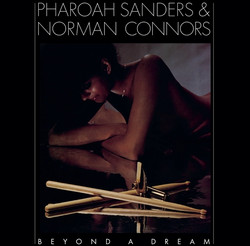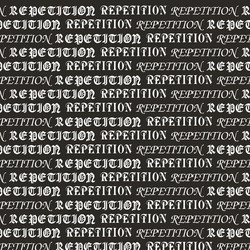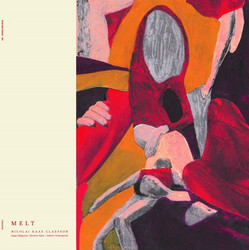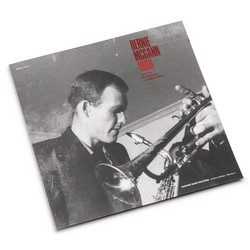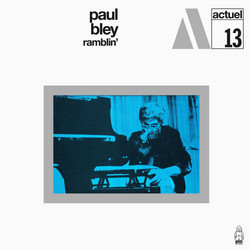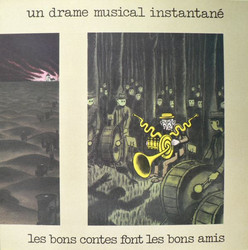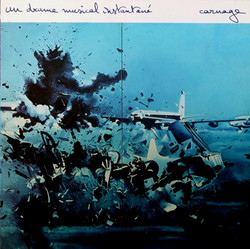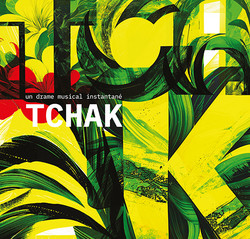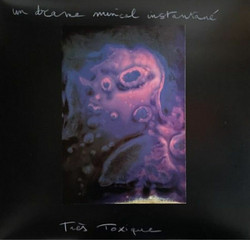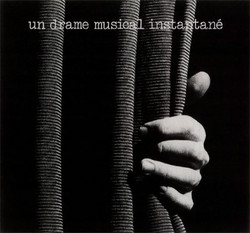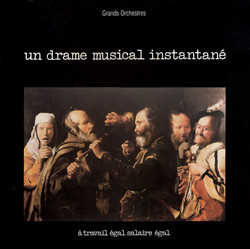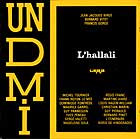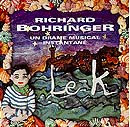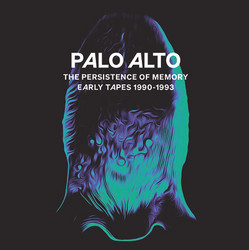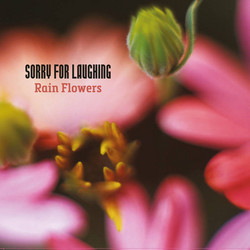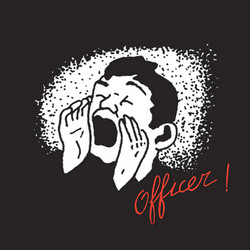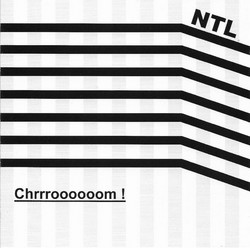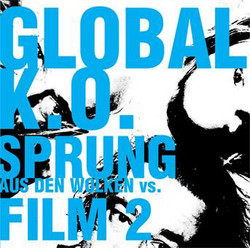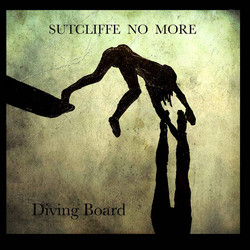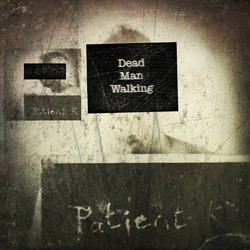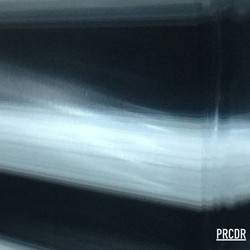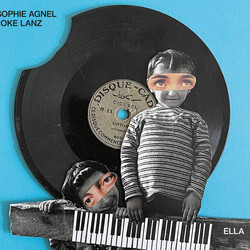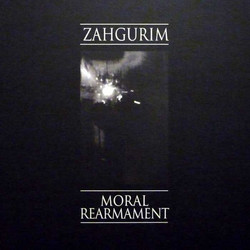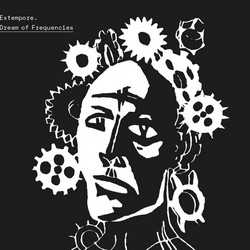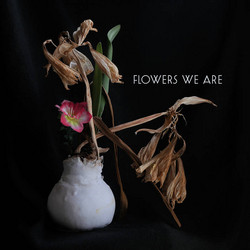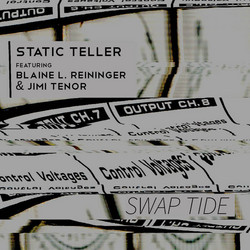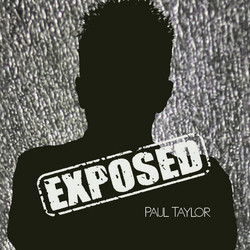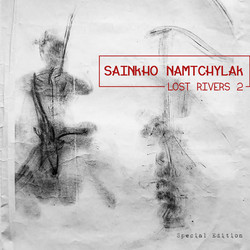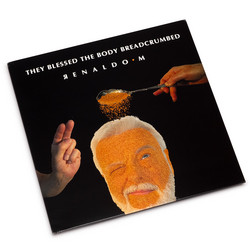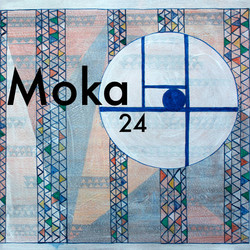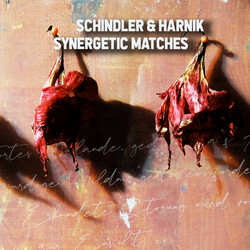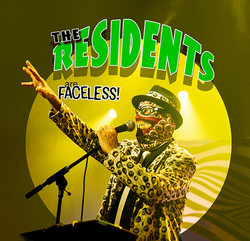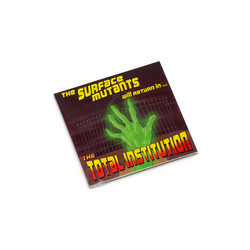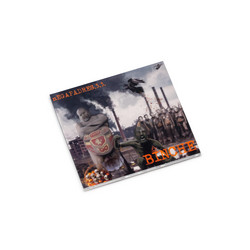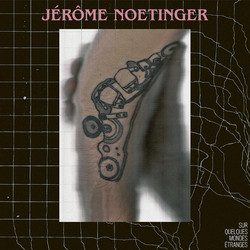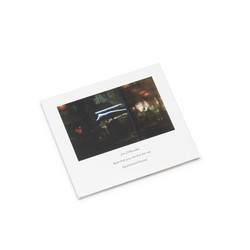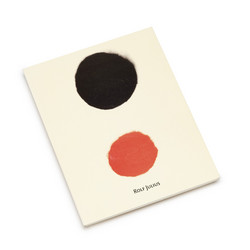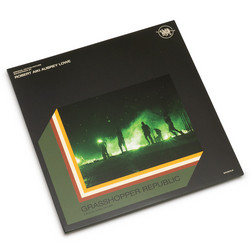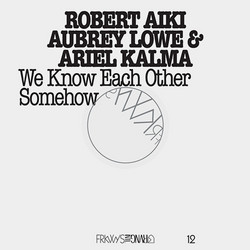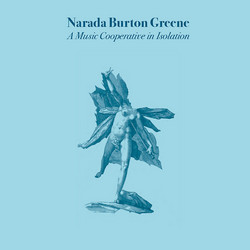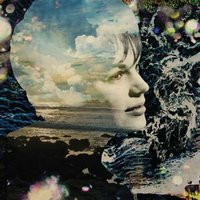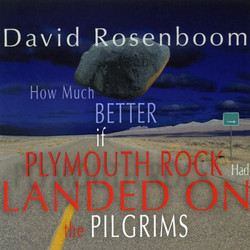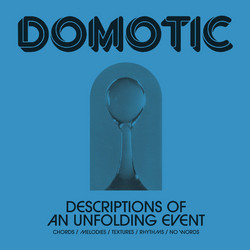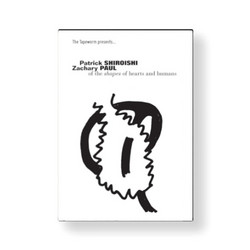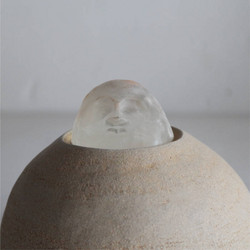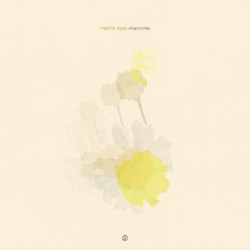"Un Drame Musical Instantané were founded in 1976, featuring Jean-Jacques Birgé, Bernard Vitet and Francis Gorgé. Their aim was to promote collective musical creation, co-signing their albums, which they consider as artworks in themselves, or their live shows which they tried to renew every time they played. Their sound was created with many influences: they borrowed their sources from rock (synthesizer player Birgé and guitarist Gorgé, both authors of the album, Défense de); jazz (trumpeter Vitet who founded his first free jazz band in France, together with François Tusques, as well as Michel Portal who played with many American and European jazzmen); classical modern music; as well as movies or world news; they were the first in France to give a new impetus to live music on silent movies. After having improvised freely for many years, they led a fifteen piece orchestra from 1981 to 1986, and from 1989 onwards they produced multimedia shows (live video remix on a giant screen, fireworks, choreographies). Still their music was the most important technique, they called their recordings "blind cinema". The Drame used to mix acoustic and electronic instruments in real time as well as original instruments built by Vitet (a reed trumpet, a multiphonic French horn, a variable tension double-bass, a giant balafon with frying pans and flower pots keyboard, a fire organ, plexiglass flutes, etc.). After Francis Gorgé left the band in 1992, Birgé and Vitet went on recording and producing with other musicians close to the "family" such as percussionist, Gérard Siracusa, or multi-instrumentalist, Hélène Sage.
Un Drame Musical Instantané always remained independent (they always owned their own recording studio and record label GRRR) and stopped its activities in 2008, with Birgé being the only one active until this day. L'Homme à la Caméra was originally released on GRRR in 1984 and features 15 musicians. In addition to the original album, we offer you a whole new section of previously unreleased music from the time entitled La Glace à Trois Faces which is another soundtrack to a silent movie from 1927."
